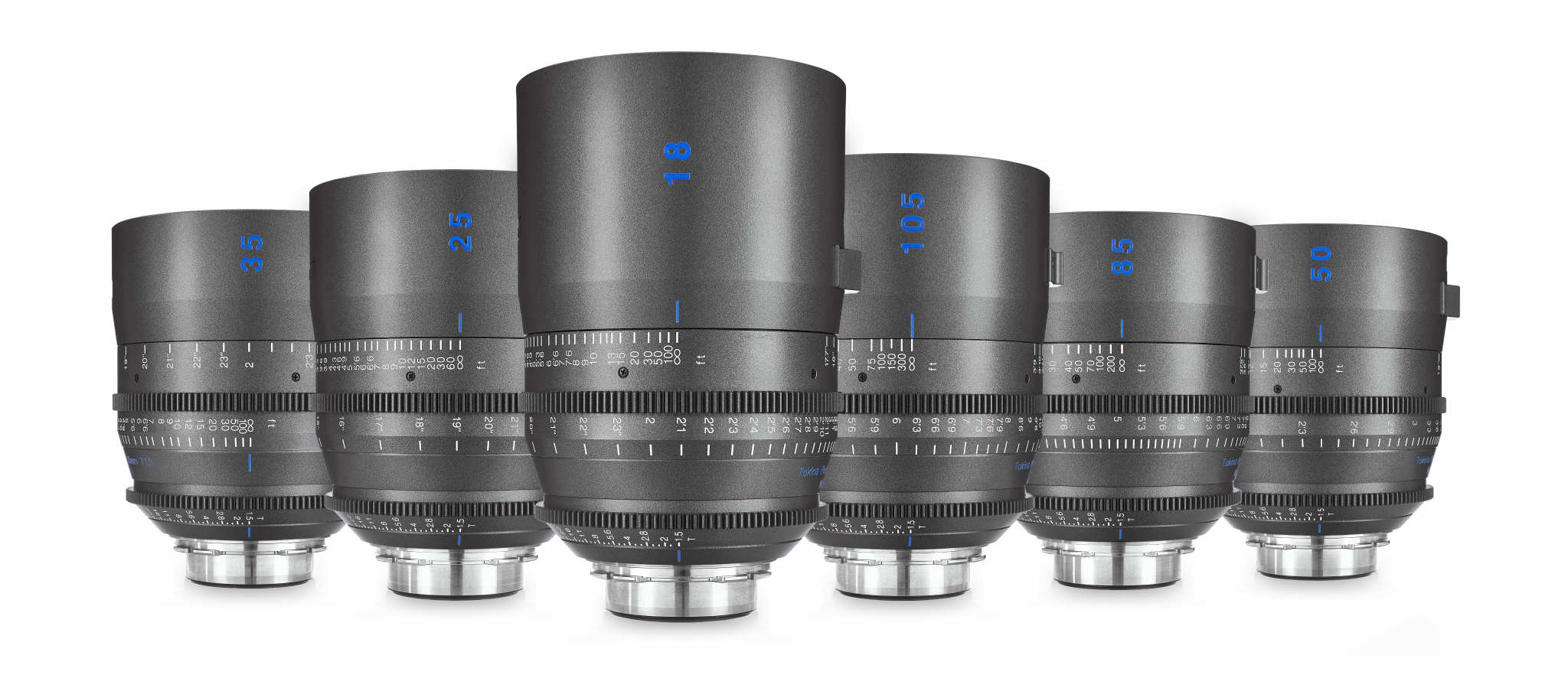Own a set of Tokina Cinema Vista Primes but want the exciting flare found in the Tokina Cinema Vista One lenses? Well, you may have found just a little bit of luck.
Today, Tokina Cinema announced the Vista One Upgrade Program. Owners of Tokina Cinema Vista Primes can upgrade their existing lenses to the popular Vista One single-coated version. The cost of the upgrade is $19,349 for a 6-lens set of 18mm, 25mm, 35mm, 50mm, 85mm, and 105mm lenses when customers send in existing Vista Prime lenses for conversion to the Vista One single-coated version. The conversion is also available on a per lens basis at the cost of $3,409 per lens.
Your existing standard Vista Prime lenses will have the front element, and mechanical parts changed to Vista One single-coated elements and premium space grey mechanical parts. The lenses are calibrated to factory specifications and checked for optimal performance.
Tokina Vista One Lenses
The single coating allows for a reduction in contrast and increases in lens flare when off-axis lighting is used. When the lens is on-axis to the light source, the lens retains contrast and normal lens flare properties with a subtle diffusion. The single coating technology of Vista One lenses presents an advantage over uncoated lenses that may provide too much reduction in contrast and less image control. Contact an authorized Tokina Cinema USA retailer or visit tokinacinemausa.com for more information.
Vista One are a modification of the standard Vista series from Tokina Cinema. The fragile wavefront design of the Vista series allows for a pleasing flare that is taken to more extreme limits in the single coated Vista One series. The front element receives a proprietary single coating technology applied to both the concave and convex surfaces of the front element. There are different coating types applied to each surface controlling the flare in ways that a simple polish and new coating would not provide if done by a 3rd party manufacturer.
The flare is strongly diffused with a strong blue color inclusion at wider apertures with secondary and tertiary flares coming in a green color that is normal for the Vista series. The green color is easily rendered to a white color in post allowing for a strong blue flare to remain after post-production. If higher kelvin light sources are used such as HMI then the flare turns white while still maintaining detail.
